
Yes can certainly be hard though. Saying yes to God’s life and grace can be tough, even when we know it sets us and others free. We are too often afraid: afraid to take the risk; afraid of the unknown; afraid of making a mistake; afraid of the consequences even when we know saying yes will be good for us and others. That is human nature, and human nature, and human will, alone, tends ultimately to fail us. Yet, by God’s grace, these simple but so hard words are possible…
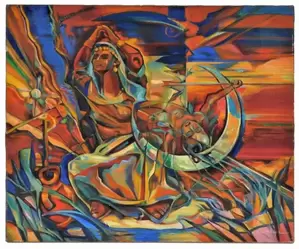
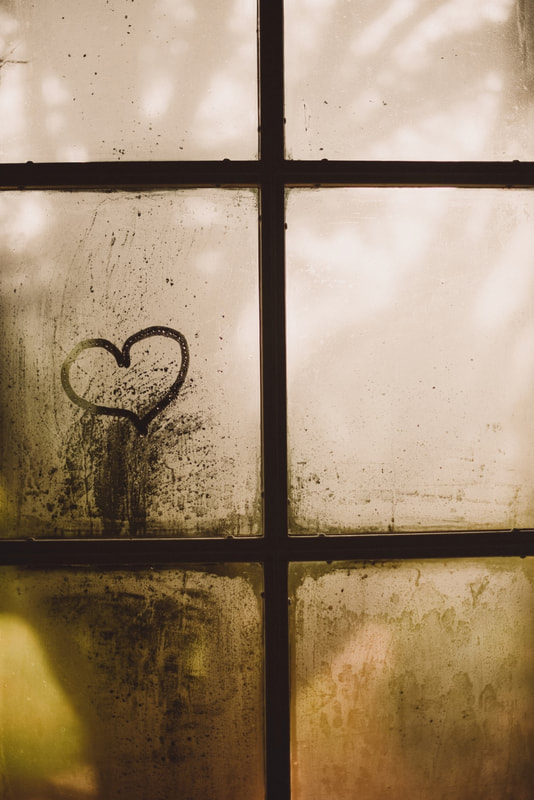

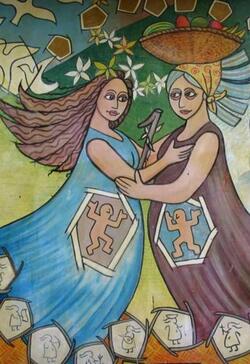
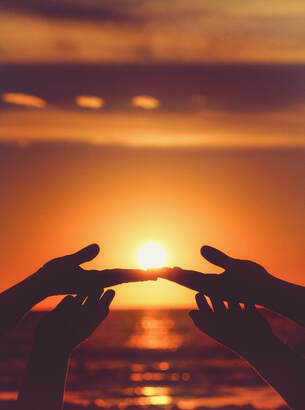
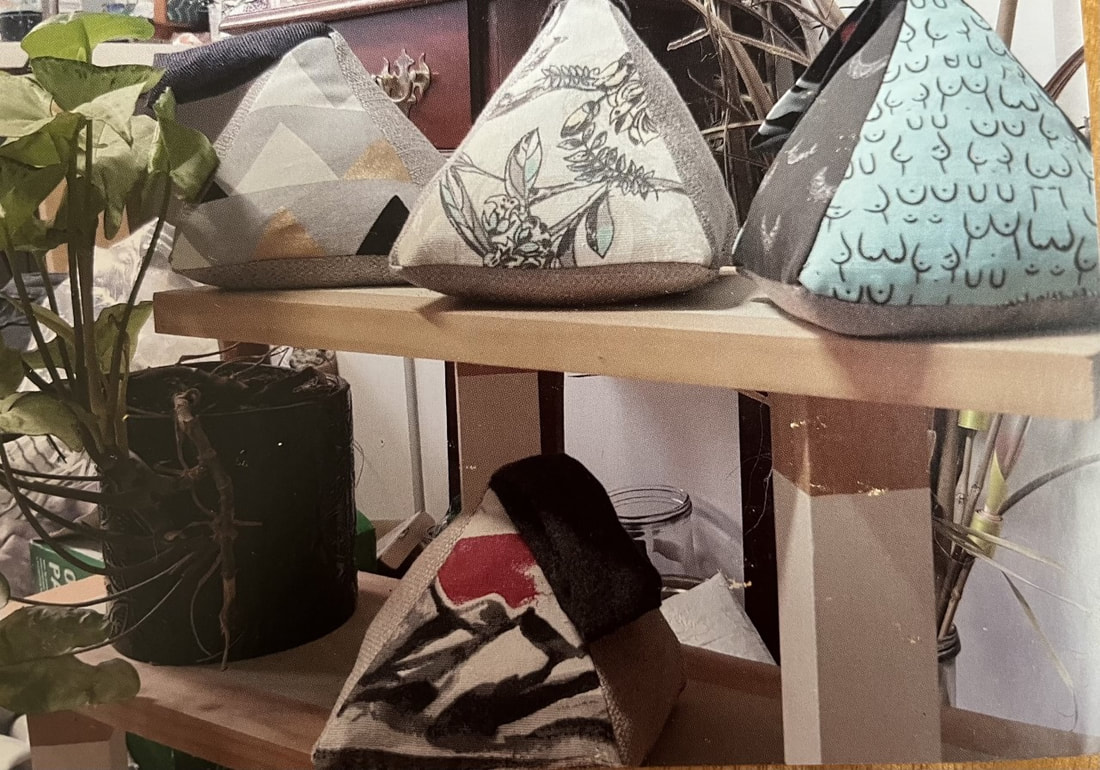
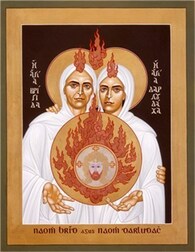
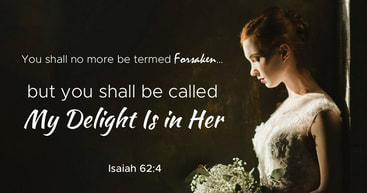
 RSS Feed
RSS Feed